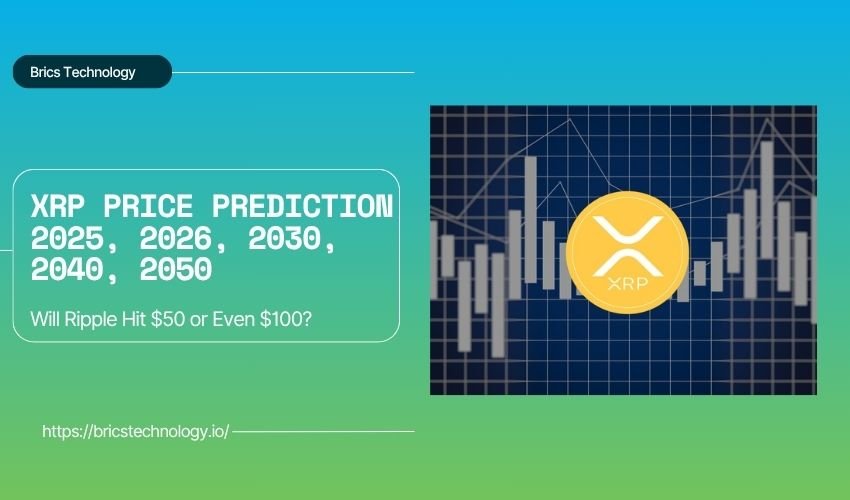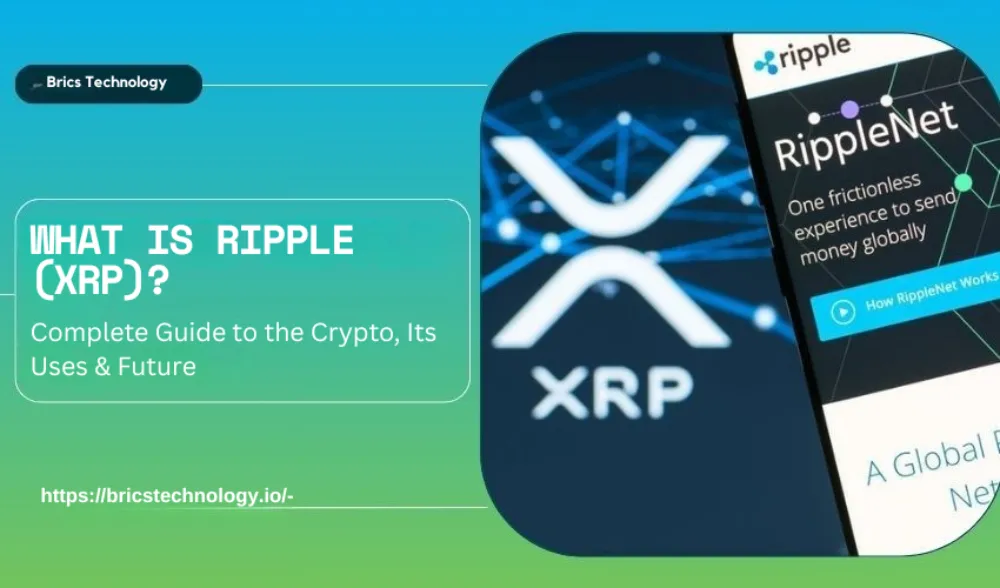XRP Whale Transactions 2025: What Every Investor Needs to Know

XRP whale transactions are becoming key indicators for crypto investors in 2025, as crypto whale activity intensifies. Ripple whales’ XRP accumulation patterns, tracked closely through platforms like Whale Alert Crypto, reveal strategic buying and selling that often signals significant market shifts. This XRP whale accumulation typically occurs around regulatory clarity, major partnerships, or anticipated events, […]
XRP Price Prediction 2025, 2026, 2030, 2040, 2050: Will Ripple Hit $50 or Even $100?

Ripple’s cryptocurrency XRP has captivated the attention of investors, financial institutions, and tech enthusiasts alike. As global finance evolves rapidly, XRP’s innovative approach to cross-border transactions positions it uniquely within the crypto landscape. But will Ripple reach ambitious milestones such as $50 or even $100 in the future? Let’s Explore dives deep into XRP’s potential […]
What Is Ripple (XRP)? Complete Guide to the Crypto, Its Uses & Future in 2025

Cryptocurrencies are reshaping the financial landscape, and among them, Ripple (XRP) stands out as a unique player with a bold vision. Unlike Bitcoin or Ethereum, Ripple isn’t just about decentralized finance or blockchain technology for the sake of it. It’s about real-world applications, particularly in cross-border payments. But what exactly is Ripple, and why should […]
